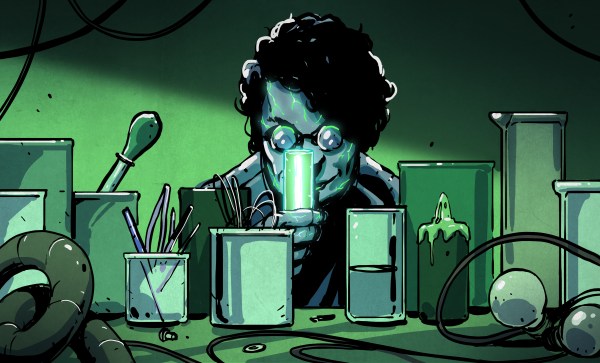Google and Apple have joined forces to issue a common API that will run on their mobile phone operating systems, enabling applications to track people who you come “into contact” with in order to slow the spread of the COVID-19 pandemic. It’s an extremely tall order to do so in a way that is voluntary, respects personal privacy as much as possible, doesn’t rely on potentially vulnerable centralized services, and doesn’t produce so many false positives that the results are either ignored or create a mass panic. And perhaps much more importantly, it’s got to work.
Slowing the Spread
As I write this, the COVID-19 pandemic seems to be just turning the corner from uncontrolled exponential growth to something that’s potentially more manageable, but it’s not clear that we yet see an end in sight. So far, this has required hundreds of millions of people to go into essentially voluntary quarantine. But that’s a blunt tool. In an ideal world, you could stop the disease globally in a couple weeks if you could somehow test everyone and isolate those who have been exposed to the virus. In the real world, truly comprehensive testing is impossible, and figuring out whom to isolate is extraordinarily difficult due to two factors: COVID-19 has a long incubation period during which it is nonetheless transmissible, and some or even most people don’t know they have it. How can you stop what you can’t see, and even when you can detect it, it’s a week too late?
One promising approach is to isolate those people who’ve been in contact with known cases during the stealth contagion period. To do this is essentially to keep a diary of everyone you’ve been in contact with for the last week or two, and then if you eventually test positive for COVID-19, alert them all so that they can keep from infecting others even before they test positive: track and trace. Doctors can do this by interviewing patients who test positive (this is the “contact tracing” we’ve been hearing so much about), but memory is imperfect. Enter a technological solution. Continue reading “Google And Apple Reveal Their Coronavirus Contact Tracing Plans: We Kick The Tires”

















